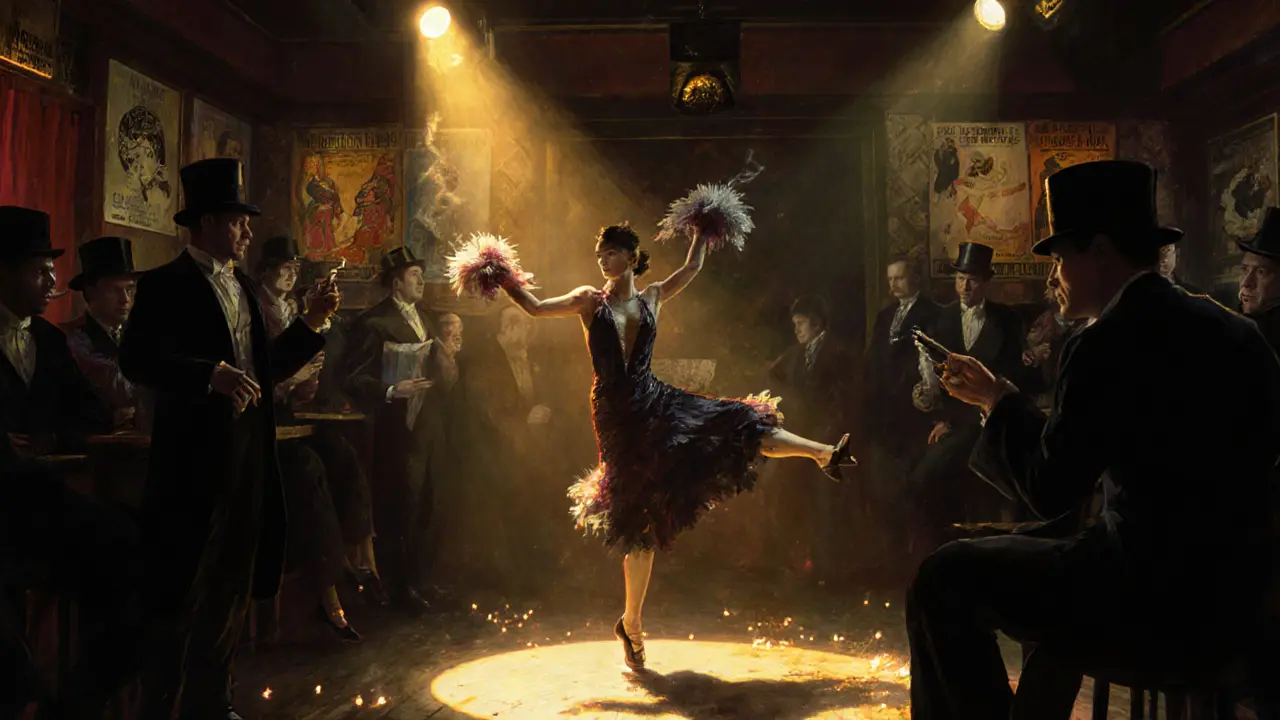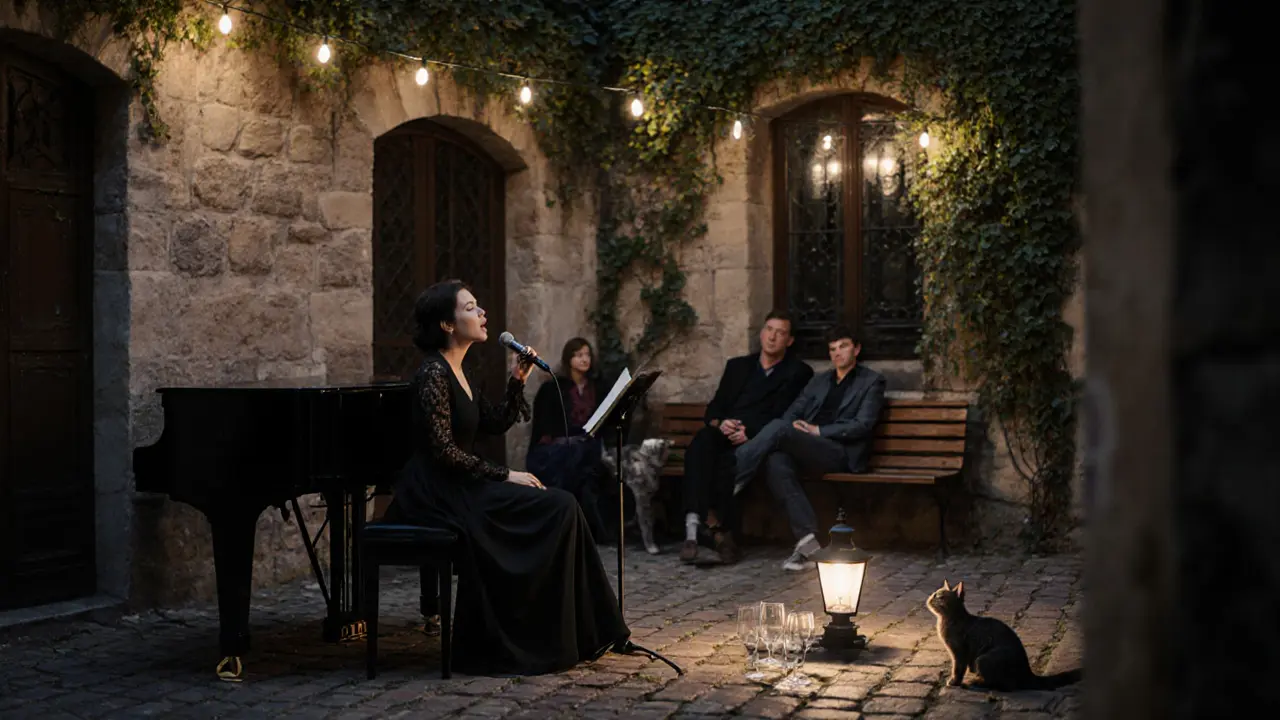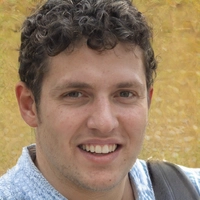The Art of Parisian Nightlife: From Cabarets to Late-Night Cafés

Paris doesn’t sleep. Not really. When the sun sets, the city doesn’t shut down-it shifts. The quiet streets of Montmartre turn into pulsing corridors of jazz and laughter. The Seine reflects neon lights from hidden bars where locals sip vermouth until dawn. This isn’t just partying. It’s a ritual, a tradition woven into the city’s bones for over a century.
The Cabaret Legacy: Where Paris First Learned to Stay Up Late
The Moulin Rouge didn’t invent nightlife in Paris, but it sure made it famous. Opened in 1889, it turned burlesque into spectacle and turned working-class dancers into icons. Back then, the cabarets weren’t just entertainment-they were rebellion. Artists like Toulouse-Lautrec painted them. Writers like Oscar Wilde came to watch. The music was raw, the costumes wild, and the audience didn’t care about class. You could be a banker in a top hat or a seamstress in a corset, and no one would blink.
Today, the Moulin Rouge still does shows, but it’s mostly for tourists. The real magic lives in smaller spots like Le Lido on the Champs-Élysées or La Cigale in Pigalle, where the acts feel more intimate, more alive. These places still have feathered fans and can-can kicks, but now they also feature drag performers, experimental theater, and live electronic sets. The spirit hasn’t changed: it’s still about surprise, spectacle, and letting go.
Wine Bars and the Slow Art of Night Drinking
Parisians don’t drink to get drunk. They drink to linger. In the 10th arrondissement, around Canal Saint-Martin, you’ll find wine bars where the bottles are lined up like books on a shelf. No menus. Just a bartender who asks, "What are you in the mood for?" and pulls out a glass of natural wine from the Loire or a skin-contact orange wine from the Jura.
These aren’t trendy spots with Instagram backdrops. They’re places like Le Verre Volé or Bar des Poètes, where the chairs are mismatched, the walls are covered in old posters, and the music is always just loud enough to hear your friend but not the next table. The wine is poured by people who know the grower’s name, the harvest year, and whether the grapes were picked by hand or machine. You don’t order a cocktail here. You ask for a taste. And if you like it, you get a bottle.
The Late-Night Café Culture: Where the City Breathes After Midnight
Most cities turn quiet after 1 a.m. Paris doesn’t. In the 13th arrondissement, near Place d’Italie, you’ll find cafés open until 4 a.m. with steaming espresso, buttery croissants, and old men playing chess under dim lamps. These aren’t tourist traps. They’re neighborhood anchors.
Le Comptoir Général in the 10th is one of the most unique-part bar, part museum, part hidden garden. It’s tucked behind a nondescript door and feels like stepping into someone’s eccentric uncle’s attic. There are African masks on the wall, vintage typewriters on the tables, and a DJ spinning Afrobeat at 2 a.m. You can order a negroni, but you can also sit quietly and read a book from their library.
And then there’s La Fontaine de Mars in the 15th, where the barman still serves absinthe the old way-with sugar and a slotted spoon. It’s not for everyone. The drink is bitter, strong, and smells like licorice and herbs. But for those who know, it’s the last true taste of 19th-century Paris.

Hidden Jazz Spots and Underground Clubs
Paris has more jazz clubs than any other European city. Not the big ones like Sunset/Sunside in Montparnasse-those are great, but crowded. The real gems are tucked away in basements and courtyards.
Le Caveau de la Huchette has been running since 1946. It’s tiny, no air conditioning, and the saxophonist plays so hard his shirt sticks to his back. You stand shoulder to shoulder with locals who’ve been coming for 30 years. No tables. No reservations. Just a door, a bouncer who knows your face, and the sound of a trumpet cutting through the smoke.
For electronic music, head to La Bellevilloise in the 20th. It used to be a workers’ club in the 1800s. Now it’s a warehouse with a courtyard, a rooftop, and a sound system that shakes your ribs. The crowd is mixed-students, artists, retirees, expats. No dress code. No VIP section. Just music, sweat, and a shared silence between songs.
The Rules of Parisian Nightlife: What No Tourist Guide Tells You
Parisian nightlife isn’t about checking off venues. It’s about rhythm. Here’s how to move with it.
- Don’t rush. Bars open at 8 p.m., but no one’s really there until 10. Dinner isn’t over until 9:30. If you show up at 7:30, you’ll be the only one.
- Learn the handshake. Say "Bonjour" when you enter. Say "Merci" when you leave. Skip it, and the bartender won’t remember you next time.
- Carry cash. Many small bars still don’t take cards. A 10-euro note buys you a glass of wine and a smile.
- Don’t ask for ice. In Paris, wine is served at room temperature. Whiskey is neat. Ice is for tourists.
- Stay late. The best moments happen after midnight. That’s when the locals drop their guard, and the city feels like yours.

Where to Go When You Want More Than the Eiffel Tower
Most visitors stick to the same five spots: the Latin Quarter, Montmartre, Le Marais. But the real nightlife lives in the edges.
Belleville is a mosaic of cultures-Senegalese, Chinese, Algerian, French. The bars here serve thyme-infused gin, homemade tamarind soda, and live Congolese rumba. Try La Belle Hortense, a bookstore-bar where you can read a novel while sipping a craft beer.
Quartier de la Goutte d’Or in the 18th is gritty, real, and alive. At Le Très Petit Club, you’ll find a 20-person crowd dancing to garage rock while the owner serves hot chocolate with a shot of rum. No one speaks English. No one needs to.
And then there’s La Cité des Fleurs, a hidden courtyard in the 17th with a single bar, a piano, and a woman who sings French chansons in a voice like smoke. She doesn’t perform on weekends. She plays because she wants to. And if you’re lucky, she’ll let you sit at the piano after her set.
Paris After Dark Is a Living Thing
Parisian nightlife isn’t about clubs or cocktails. It’s about connection. It’s the old man who remembers when the Moulin Rouge was a barn. The bartender who knows your name after three visits. The stranger who shares their umbrella when it rains at 3 a.m. outside a jazz club.
This isn’t entertainment you consume. It’s a rhythm you learn. And once you do, you’ll realize Paris doesn’t have a nightlife. It has a heartbeat-and it’s still beating.
Is Paris nightlife safe at night?
Yes, most areas popular with nightlife are safe, especially in tourist-friendly districts like Le Marais, Montmartre, and Saint-Germain-des-Prés. Stick to well-lit streets, avoid isolated alleys after 2 a.m., and don’t flash valuables. Like any big city, pickpockets exist, but violent crime is rare. Trust your instincts-Parisians are generally helpful if you look lost.
What’s the best time to experience Paris nightlife?
The real Paris nightlife starts after 10 p.m. and peaks between midnight and 2 a.m. Bars fill up slowly, so arrive after 10:30 for the full vibe. Clubs like La Bellevilloise or Le Baron don’t get going until 1 a.m., and jazz spots often have late sets starting at 11:30. If you want to see locals truly unwind, aim for Friday or Saturday after 1 a.m.
Do I need to book tickets for Paris cabarets?
For big venues like Moulin Rouge or Lido, yes-book weeks ahead. But for smaller cabarets like La Cigale or Le Chat Noir, you can often walk in. Tickets at smaller spots range from €25 to €45, and include a drink. Some places offer standing room only for €15. Avoid buying from street touts-they sell overpriced, fake tickets.
Are there any dress codes for Paris nightlife?
Most places are casual. Jeans and a nice shirt are fine. Some upscale bars or clubs like Le Baron or Rex Club may ask for no sneakers or sportswear. But you won’t need a suit. Parisians value style over formality. A well-fitted coat, clean shoes, and confidence matter more than branded clothes.
Can I find English-speaking staff in Paris bars?
In tourist-heavy areas like Le Marais or near the Eiffel Tower, yes. But in neighborhood spots like Belleville or the 13th arrondissement, staff often speak little or no English. That’s part of the charm. Learn a few French phrases-"Un verre de vin, s’il vous plaît"-and you’ll get better service, smiles, and maybe even a recommendation no guidebook has.

Write a comment